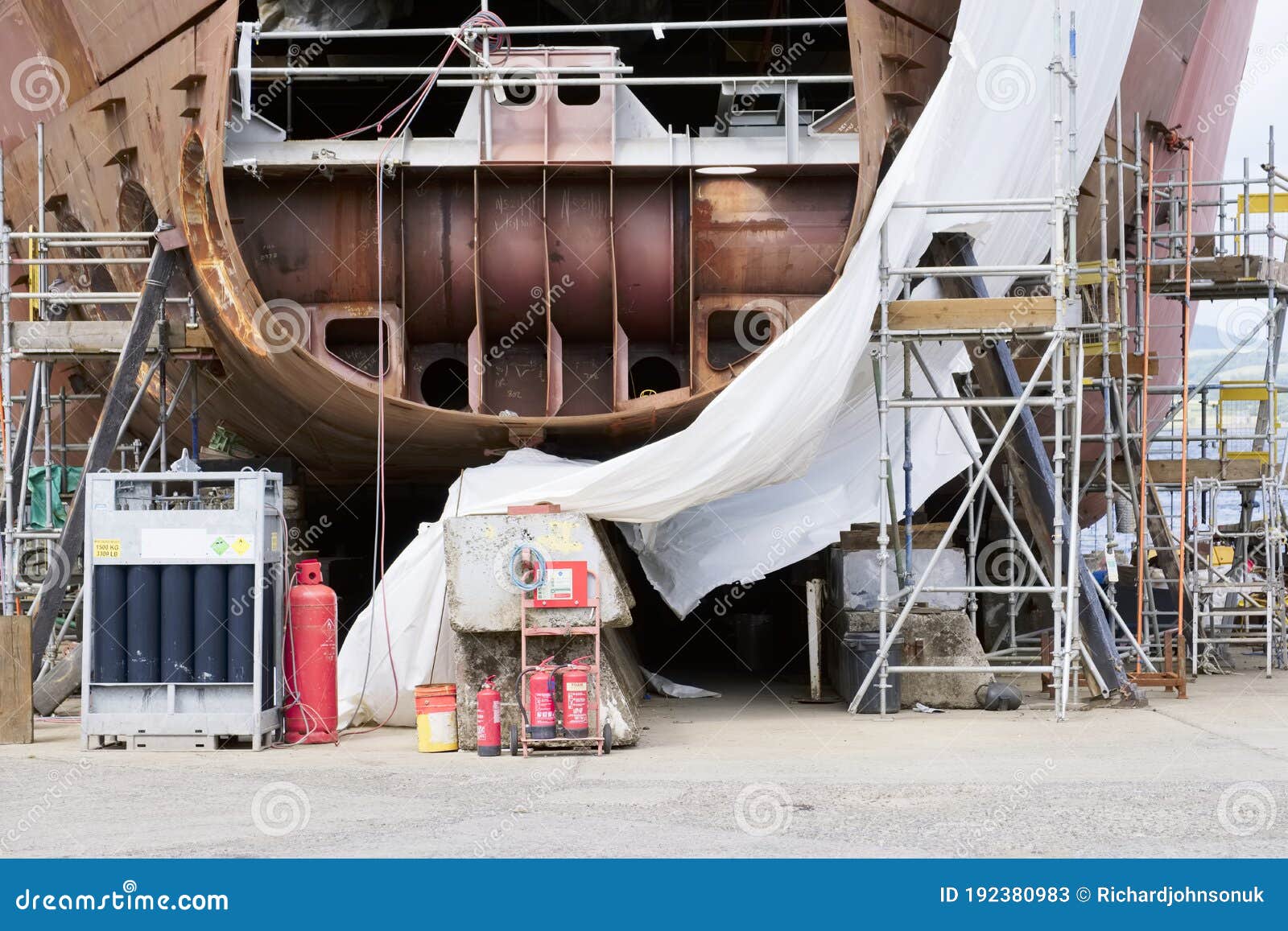

Modern rudders are of stream lined form and are fabricated from steel plate, the plate size being stiffen by internal webs.A rudder with all of its area aft of the turning axis.A rudder with a small part of its area, less than 20%, forward of the turning axis.Axis of rotation lies between 0.2 L and 0.37 L.i.e., torque is zero, to keep rudder at that angle. At some angle of rudder, it is balanced.When 20% to 37% of the area is forward of the turning axis there is no torque on the rudder stock at certain angles.The weight of rudder may be taken by bearing pintles, or by a bearing at the rudder head (rudder carrier), or by a combination of both. Rudder may be hinged on the pintles and gudgeons, or the may turn about an axle which passes down through the rudder. It varies from 570 to 610.į acts at a point M, measured from the leading edge of the rudder (where water flow first touches rudder).Īrea of rudder is 1/60 to 1/70 th of the immersed middle plane area of the vessel. K = Constant depending upon the shape of the rudder, water density, rudder angle.

Higher aspect ratio reduces the astern torque considerably.Īspect Ratio = (Depth of Rudder / Width of Rudder) High aspect ratio is used in large vessels, where depth is not a constraint. T he ratio of the depth to width of a rudder is known as the aspect ratio and its value is generally 2. In practice the rudder area is usually relative to the area of the immersed metal plane. The required area of the rudder varies with different type of vessels since desired maneuvering ability differs considerably and the general ship design may imposed restriction. The turning action is largely dependent on the area of the rudder.


 0 kommentar(er)
0 kommentar(er)
